Cruciferous Fleas (Phyllotreta spp and others): [Characteristics, Detection, Effects and Treatment]
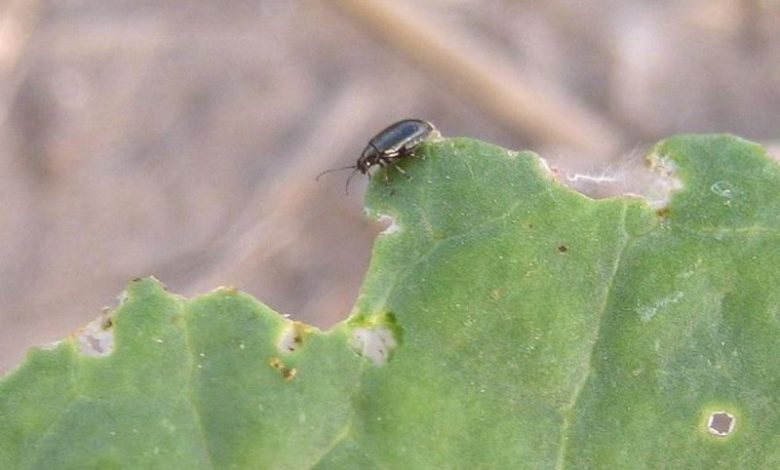
What are cruciferous fleas?
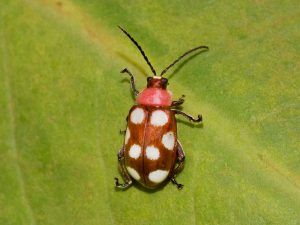 The so-called Cruciferae fleas are another pest that affects Cabbages, belonging to a family of small, rather tiny beetles, with great skills in not getting caught.
The so-called Cruciferae fleas are another pest that affects Cabbages, belonging to a family of small, rather tiny beetles, with great skills in not getting caught.
It includes several species of beetles that are very fond of attacking cabbage seedlings and many cruciferous plants.
The main genera are Phyllotreta spp and Psylliodes, the most important being the following: Phyllotreta nemorum, P cruciferae, P. undulata, P. atra and Psylliodes chrysocephala.
These chrysomelids are characterized by jumping with very peculiar legs that give them similar characteristics to common fleas, since they move quite quickly.They act between the end of summer and the beginning of autumn, when they attack seedlings and small plants.
But in the winter period they hide, until they reappear in the spring, where the damage they cause is not so devastating.Just in winter, the beetles reach their adult stage and hide for all that time under stones, clods and any dark place they can find.
The important damages are produced in the adult stage in late summer and autumn, when the cruciferous plants are still small. But especially at times of maximum heat, because when it rains and temperatures drop, they hide in their hiding places.
This is not the case in spring, when the plants are already large and the harvest date is approaching.
How can we identify them?
There are several distinctive features of this insect always fascinated by the taste of cruciferous plants. Let’s see.
- They have metallic colors, with a high visual impact, so they are easily identified. There are species with yellow bands on the abdomen and others with green and metallic blue colorations, without stripes.
- They only reproduce in one annual generation and their average size does not exceed 2 mm. They are as tiny as conventional fleas.
- In addition to legs that look like springs, they have a hard shell that also protects them from external threats.
- They usually cause holes in the leaf surface of the plant, with dimensions of up to 1-2 mm in diameter.
- After they mate, almost always from the month of May, they lay their eggs on the ground and on the leaves, this will depend on the species, until the larvae hatch and begin to devour all the nutrients from the cruciferous roots., causing weakness in the plant.
- The pupae form in the ground, at a shallow depth, and are the stage before the beetle itself.
- When they leave the ground, after becoming adults, they will begin to feed on the leaves of the Cabbage plants that are still young, so they can damage the entire plant. This happens in the summer, when they are still small and therefore do not have the strength to withstand the attack and die, since the photosynthesis process stops thanks to the devouring action of the beetle.
- The species Psylliodes chrysocephala causes damage in the larval stage to the roots and stems of cruciferous plants, because it sucks the sap after digging tunnels.
What plants are affected by cruciferous fleas?
 The cruciferous seedbeds are their favorite dish, just when spring arrives and they come out of their hiding places to mate and look for food, between cultivated and wild species.
The cruciferous seedbeds are their favorite dish, just when spring arrives and they come out of their hiding places to mate and look for food, between cultivated and wild species.
This pest invades broccoli crops, Brussels sprouts, cauliflower fields and the like.
How to combat cruciferous fleas?
At an ecological level, there are several options but in reality they are difficult to exterminate, thanks to their great abilities to sneak away.But there are preventive measures and concrete actions that help reduce the population of these fleas.
natural pyrethrins
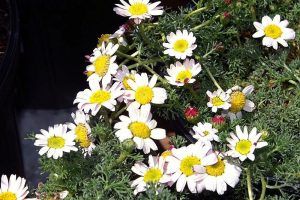 Chrysanthemum flowers (Anaciclus pyrethrum), just to give an example, naturally produce pyrethrins, so these insects can be combated, having a residual effect that lasts around 48 hours.
Chrysanthemum flowers (Anaciclus pyrethrum), just to give an example, naturally produce pyrethrins, so these insects can be combated, having a residual effect that lasts around 48 hours.
The bad thing is that this insecticide also affects the predators of these tiny beetles.It is applied after the preparation of an infusion of chrysanthemums, with support in the crushing of the heads of these flowers, which throws a macerated substance that is added in a proportion of 1.3 cc per liter of water.
It should not be missing the inclusion of a portion of potassium soap and then apply sprays with this product above and below the leaves, so that on contact the insects are reduced by the toxic effect.
Wild cruciferous removal
Another important piece of information is to completely eliminate in the summer all wild cruciferous species that proliferate in the garden and large and medium-scale crops, such as neigh and dandelion, among others, because it is most likely that their roots are feeding the larvae of this beetle.
winter traps
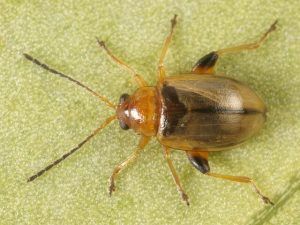 When winter arrives, a simple trap consists of placing straw on all the edges that surround the farmland. After a reasonable time, it is eliminated by burning it and simply leaving it exposed to the cold so that the beetles die.
When winter arrives, a simple trap consists of placing straw on all the edges that surround the farmland. After a reasonable time, it is eliminated by burning it and simply leaving it exposed to the cold so that the beetles die.
seedbed protection
The most effective measure in the case of seedbeds is to protect them with a protective mesh to prevent attacks by these beetles and their larvae, as well as flies and other bugs.
homemade insecticides
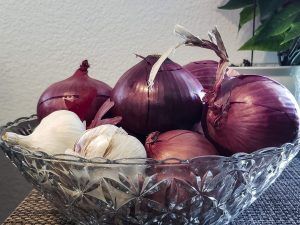 Following the ecological wave, in order to minimize the environmental impact, you can appeal to the repulsive effect that garlic bulbs and onions have on these insects.
Following the ecological wave, in order to minimize the environmental impact, you can appeal to the repulsive effect that garlic bulbs and onions have on these insects.
A good recipe is to add a tablespoon of black pepper to half a bulb of garlic and onion submerged in a large container of water (glass or glass jar).
Wait an hour and then add a tablespoon of liquid soap to make it an effective fumigant substance. Apichi homemade insecticide can help minimize the population, by producing it with the following ingredients:
- 500 grams of habanero peppers or hot peppers.
- 500 grams of garlic.
- 250 grams of peppercorns, not ground.
- 500 ml of alcohol 96º.
The chilies must be very hot. The chiles are crushed with the help of a blender, until they become a powerful paste that destroys the exoskeleton of beetles and other bugs.Then we take the garlic in the head, and we also crush them in the blender with the shell and everything. Its high fungicidal power will be used to the maximum.
Finally, the peppercorns are blended until they become a powder with a high repellent power. At the end, alcohol is added as a preservation mechanism for this unusual but extremely powerful natural insecticide that must be macerated overnight.
The next day the mixture is diluted again in 10 liters of water (preferably rainwater) and stored in a cool place for about two weeks. At the end of that period, then we have to filter the mixture we have a powerful insecticide, with the help of a strainer.
Organic remains, by the way, should not be added to any compost.The solution obtained is diluted again, with the following proportion: 100 ml of the preparation per liter of water, in order to apply it on the affected plants with the help of a spray container.
If the infestation is very strong, add up to 20% of the concentrate in the same proportion of water.This should be done at the end of the afternoon, at sunset, without abusing the risks.
What are the best products to eliminate cruciferous fleas?
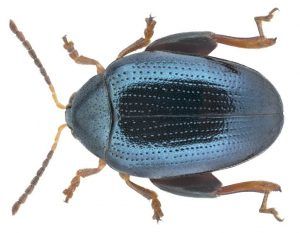 They can only become an important focus of combat when they reach a high population, thanks to low rainfall conditions and high temperatures, which favors the reproduction of this beetle.
They can only become an important focus of combat when they reach a high population, thanks to low rainfall conditions and high temperatures, which favors the reproduction of this beetle.
If this happens and they become an army, a pest, a pyrethroid insecticide authorized in Europe should be applied.

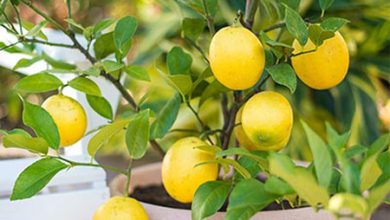
![Photo of The Best Electric Brushcutter: [Our Pick]](https://www.complete-gardening.com/wp-content/uploads/2022/08/the-best-electric-brushcutter-our-pick-390x220.jpg)

![Photo of Onion Fly (Chortophila antiqua): [Characteristics, Detection, Effects and Treatment]](https://www.complete-gardening.com/wp-content/uploads/2022/08/onion-fly-chortophila-antiqua-characteristics-detection-effects-and-treatment.jpg)